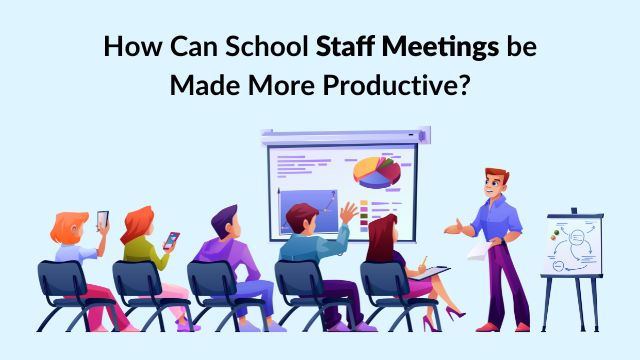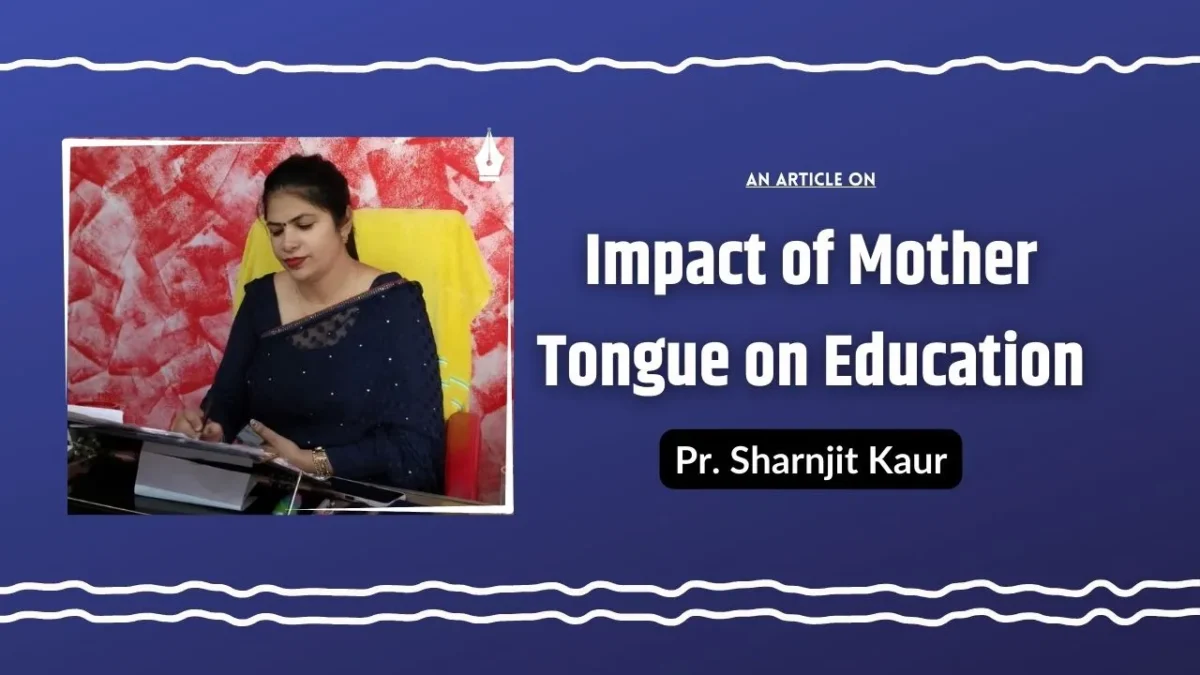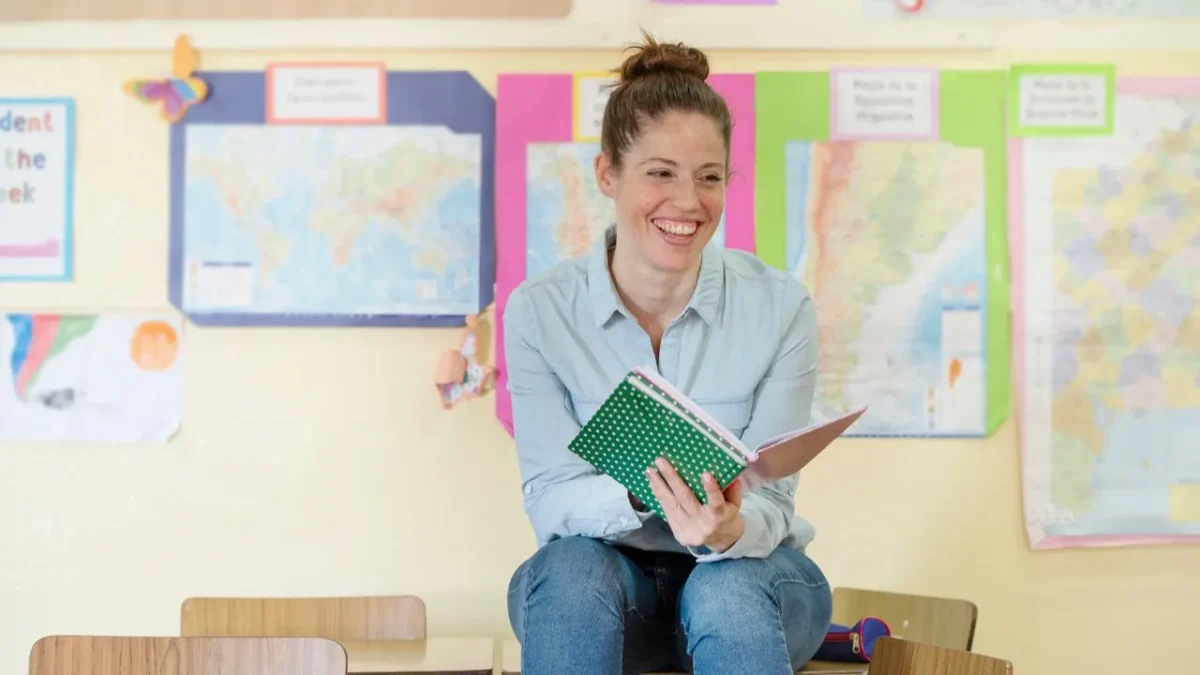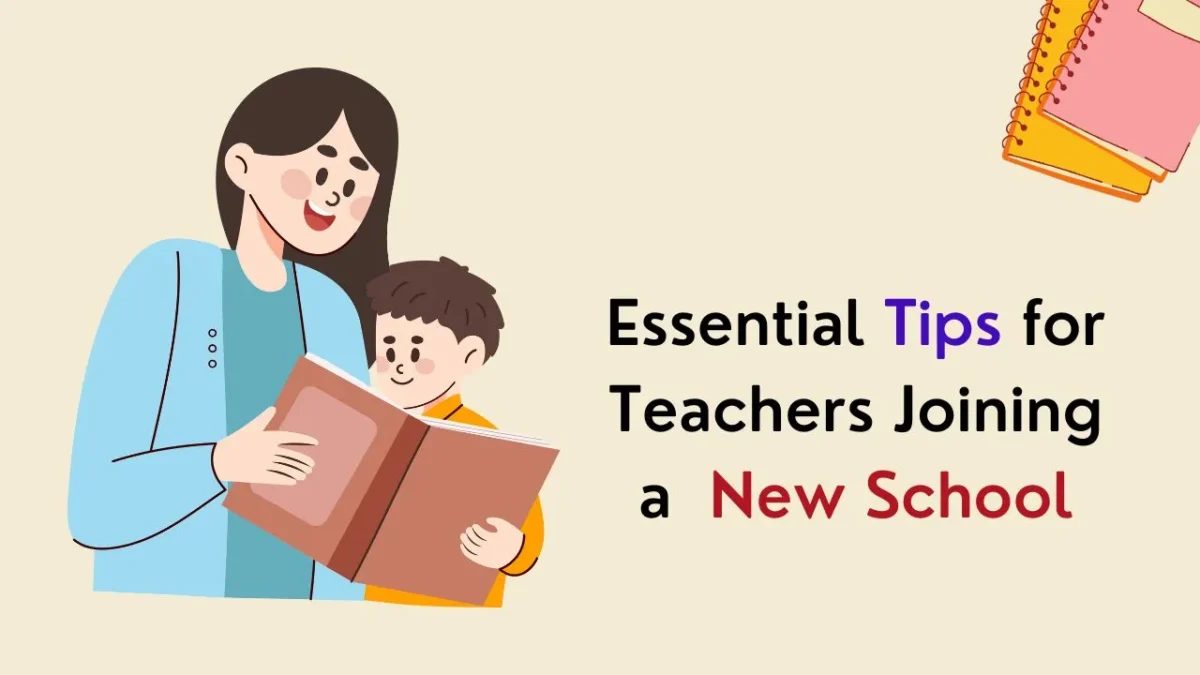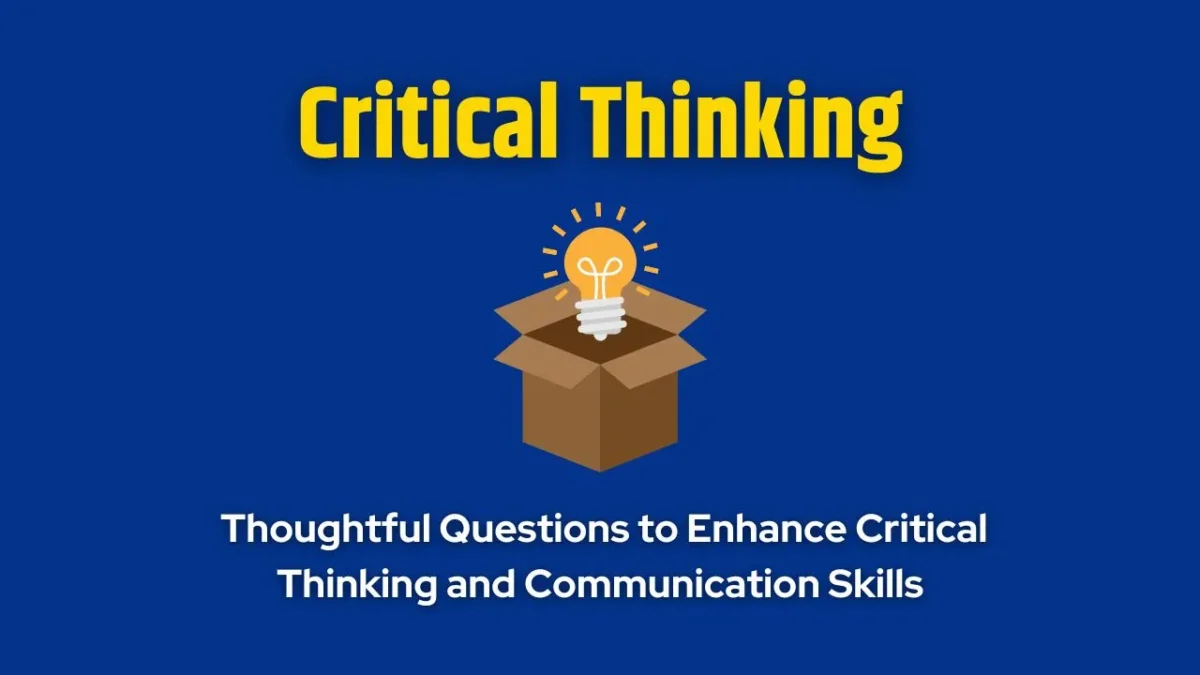Maximizing Staff Meeting Productivity: A Guided Approach
Imagine stepping into your next staff meeting, full of anticipation. Everyone is energetic, ideas are flowing freely, and every second spent in the meeting room feels worthwhile.
This vision can become a reality, as this article explores effective strategies to make staff meetings more productive. Herein lies the key to unleashing the full potential of your team’s time, ideas, and efforts.
What are the objectives of staff meetings in school?
Staff meetings in schools serve several key objectives that ensure smooth operations and encourage progress. They are primarily meant to facilitate open and transparent communication, allowing for updates, ideas, and concerns to be shared among all staff members.
These meetings also promote collaboration, enabling staff to work together on school projects and curriculum planning. Furthermore, they provide a platform for collective decision-making on various topics, ensuring informed choices that serve the best interests of the school and its students.
Finally, they support professional development by providing a forum for sharing best practices and discussing new teaching methodologies.
Types of Staff Meetings in Schools
Full Staff Meetings: These meetings involve all staff members in the school, including teachers, administrators, support staff, and sometimes, the non-teaching staff. They usually cover school-wide issues, updates, and developments.
Department Meetings: Departmental meetings are focused on specific subject areas or grades. Teachers within these groups discuss curriculum matters, student performance, resources, and other subject or grade-specific concerns.
Professional Development Meetings: These meetings are aimed at enhancing the professional skills of the staff. They might involve training sessions, workshops, or presentations on new teaching methods, technological tools, or educational research.
Committee Meetings: Schools often have committees for various purposes, like student welfare, health and safety, technology, sports, etc. Committee meetings are held to discuss specific issues related to their particular area.
Planning Meetings: These meetings focus on strategic planning for future school activities, academic programs, events, or initiatives.
Emergency Meetings: Called when there’s an immediate issue or crisis to be addressed, such as a natural disaster, health emergencies, or major behavioural incident.
Parent-Teacher Meetings: While not a staff meeting in the traditional sense, these meetings involve school staff and parents to discuss individual student performance and progress.
Leadership Meetings: These involve the school’s leadership team – including the principal, vice-principal, and heads of departments. They usually cover administrative issues, policy decisions, and strategic planning.
Review Meetings: These meetings are designed to review and assess the progress of previously set objectives, programs, policies, or the implementation of a new curriculum.
Tips to Make Your Staff Meetings More Effective

Setting Clear Objectives Streamlining Focus
One of the primary steps in ensuring productivity is to clearly define the objectives of the meeting. Like a lighthouse guiding a ship, these objectives offer a sense of direction, steering the discussion towards relevant topics and preventing unnecessary detours.
Clear objectives of school staff meetings offer two key benefits – they enable attendees to prepare in advance, and they provide a benchmark for measuring the meeting’s success.
The Role of Agendas A Roadmap to Success
A staff meeting agenda is a roadmap, guiding the flow of the meeting and ensuring all critical topics are covered. It’s a tool that keeps everyone on the same page, literally and figuratively.
Prior to the meeting, circulate the agenda among participants. This practice encourages participants to arrive prepared and encourages a more engaging, interactive discussion.
Emphasizing Timely Communication
Punctuality as a Productivity Booster
Starting and ending school staff meetings on time is crucial to maintaining productivity. Chronic lateness or overruns breed frustration and can demotivate team members, leading to lower engagement in future meetings.
Ensure that everyone respects the allocated time slot. This respect for time also demonstrates mutual respect among team members, fostering a healthier team dynamic.
Active Participation Unleashing the Power of Engagement
Active participation in staff meetings from all team members can dramatically increase a meeting’s productivity. To ensure everyone’s voice is heard, create a safe, non-judgmental space where people feel comfortable sharing their thoughts.
Using facilitation techniques, like round-robin (where everyone takes turns speaking), can ensure balanced participation. Remember, an engaged team is an effective team.
Leveraging Technology Harnessing the Digital Advantage
Technology can be a powerful ally in making school meetings more productive. Tools like digital calendars, project management software, and video conferencing platforms can streamline the scheduling and conducting of meetings.
Additionally, collaborative tools can be used to capture notes and action points in real-time, ensuring clarity and accountability post-meeting.
Regular Feedback Continuous Improvement is Key
Feedback is the breakfast of champions. It’s essential to periodically gather feedback about the staff meetings’ effectiveness.
This practice helps identify potential areas of improvement and incorporate changes in future meetings. Regular feedback is a catalyst for continuous improvement, ultimately leading to more productive meetings.
Achieving Optimal Productivity in Staff Meetings: Practical Tips
Effective staff meetings can drive organizational success. They harness the collective wisdom, encourage collaboration, and set a clear direction for a team’s efforts.
Despite their importance, the reality is that many staff meetings fall short of their potential, often becoming time-consuming and unproductive. This piece sheds light on practical, easily implementable tips to supercharge your staff meetings.
Setting Crystal Clear Goals Navigating the Meeting Landscape (Part 2)
Each Faculty Meeting should begin with a clear sense of purpose. What are the specific outcomes that you want to see by the end of the meeting? This question sets the groundwork for productive discussion.
Clear goals prevent digressions, thereby ensuring focused and meaningful discussions. They also enable participants to align their thoughts and contributions towards a common end.
Crafting a Comprehensive Agenda Blueprint of Success
A well-thought-out agenda is a must-have for any employee-staff meeting. It outlines the topics to be discussed and provides a structure for the meeting.
The agenda should be circulated among the participants in advance. This practice encourages preparatory work, making the meeting more productive and engaging. Moreover, an agenda keeps everyone on track, thereby avoiding unnecessary detours and lengthy meetings.
Fostering an Environment of Participation
The Power of Collective Wisdom
Encouraging everyone to participate in the meeting is crucial. This involvement not only enriches the discussion but also helps to build a culture of inclusivity.
Meeting leaders should strive to ensure that no single person dominates the discussion. Every participant should feel comfortable sharing their views and ideas. Harnessing the diversity of thought can lead to innovative solutions and better decision-making.
Keeping Meetings Short and Focused Quality Over Quantity
Principal Teacher Meetings that drag on can quickly become counterproductive. It is crucial to maintain a brisk pace and stay focused on the agenda. Not every issue requires a lengthy discussion.
Prioritize the most critical topics and consider dealing with less pressing issues outside of the meeting. Remember, the length of a meeting is not a measure of its success. Effective meetings are about achieving goals, not spending time.
Actionable Follow-Ups Closing the Loop
At the end of the Principal Teacher meeting, there should be a clear understanding of the next steps. Ensure that everyone is aware of their responsibilities and deadlines.
A good practice is to summarize the action items towards the end of the meeting and follow up with a written summary post-meeting. This process reinforces accountability and keeps everyone aligned with their tasks.
Reaping the Rewards: The Benefits of Productive Staff Meetings

Staff meetings are more than just a routine event on a calendar. They are the collaborative heartbeat of any organization, particularly in the education sector. When managed well, they offer substantial benefits that ripple across the entire organization. Let’s delve into the manifold benefits of making staff meetings more productive.
Unleashing Productivity Teaching, Uninterrupted
One of the most apparent benefits of efficient staff meetings is increased productivity. When meetings are crisp and effective, they free up valuable time that can be channelled into core tasks.
For teachers, this means more time dedicated to their primary duty – teaching. In effect, a more productive meeting leads to a more productive educational environment, benefiting both teachers and students.
Bolstering Communication The Power of Shared Ideas
Staff meetings, when done right, can be an excellent platform for communication. They provide an opportunity for staff to share their ideas, insights, and experiences.
This exchange not only leads to more innovative solutions but also fosters a sense of camaraderie among the staff. Thus, effective meetings don’t just facilitate better communication – they weave a stronger social fabric in the school.
Nurturing Decisive Action Making the Right Choices
When staff meetings are well-structured and productive, they provide a clear vision, enabling better decision-making.
The clarity derived from these meetings empowers teachers to make more informed decisions about curriculum planning, classroom management, and student engagement strategies. Thus, productive meetings are a key driver in enhancing the educational outcomes of the school.
Boosting Morale A Culture of Appreciation
An often-overlooked benefit of productive staff meetings is their impact on staff morale. When meetings are efficient and meaningful, it communicates to the staff that their time is valued. Moreover, a meeting where everyone’s opinions are considered fosters a sense of inclusion and appreciation.
Consequently, a productive meeting can significantly boost morale, leading to more engaged and enthusiastic teachers.
7 Tips to Make Your School Staff Meetings More Effective
- Begin every meeting with well-defined objectives and expected outcomes.
- Craft and distribute a comprehensive agenda before the meeting.
- Encourage active participation from all attendees.
- Keep meetings short, focused, and on-topic.
- Implement technology tools for better organization and follow-ups.
- Ensure timely communication and respect for all participants’ time.
- Collect and incorporate feedback for continuous improvement.
Points to be Discussed in a School Staff Meeting
Student Performance: Discussion on the academic progress of students, highlighting areas of excellence and areas requiring improvement.
Curriculum Updates: Updates or changes in the curriculum, teaching strategies, or educational technologies.
Staff Development: Opportunities for professional development and continuous learning for teachers.
Upcoming Events: Planning and allocation of responsibilities for upcoming school events, excursions, or festivals.
Policy Reviews: Discussion and review of existing school policies, and procedures, or introduction of new ones.
Student Behavior: Discuss student behaviour, including any issues or commendable behaviours, and strategies to promote positive conduct.
Parent Engagement: Strategies for improving parent-teacher communication and involving parents in school activities.
Safety Protocols: Discussing and reinforcing safety protocols, emergency procedures, and health guidelines.
Resource Allocation: Discussion on the allocation and usage of school resources and facilities.
Recognition and Rewards: Recognizing and appreciating the hard work of staff members, fostering a positive work environment.
Conclusion
By setting clear goals, crafting a comprehensive agenda, fostering an environment of participation, keeping meetings short and focused, and ensuring actionable follow-ups, staff meetings can be transformed into productive and engaging experiences.
Remember, the goal of every meeting is not just to share information but to drive action and inspire progress.
Efficient staff meetings are a cornerstone of a thriving educational institution. They fuel productivity, foster open communication, facilitate informed decision-making, and enhance staff morale.
By investing in the productivity of your staff meetings, you’re investing in the success of your school. Make every second count – maximize your staff meetings’ productivity today.
Read These Posts Too
- How To Discover and Identify Your Aptitudes and Abilities?
- How to Become a Successful Teacher
- 20+ Best Activities For Students On Summer Vacations
- 20 Side Hustles Ideas for Teachers to Earn More Money
CBSE Sample Papers | CBSE Circulars | Quizzes | Study Material
Join our Premium Telegram and Whatsapp Channel for More News and Updates.
For the Latest Educational News (CBSE, ICSE, and State Board News) and live news updates, like us on Facebook or follow us on Twitter and Join our Premium Telegram Channel. Read more on Latest Exams & Results News on Shikshapress.com.
